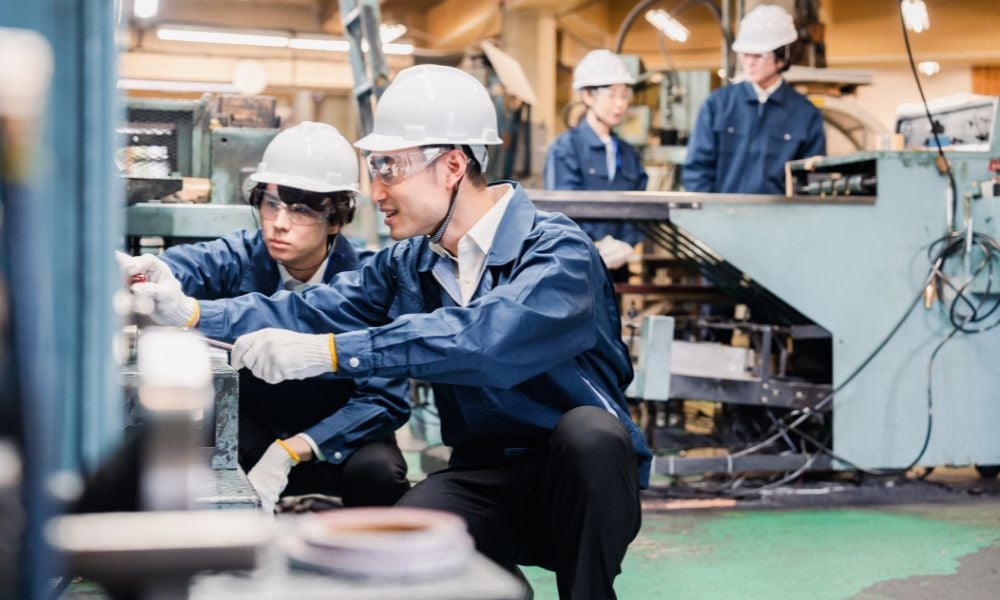'We have to use technology to collect information at the right time,' says expert

Employers might want to re-evaluate their employee recognition and feedback mechanisms. Why? Employees are finding them uber important in the conduct of their work, according to one expert.
“It's one of the most important things to workers, especially as we see this shift in the age and the demographics of the global workforce, where you have people, younger and younger, digital natives, individuals for whom work has become so much a part of their life,” says Sandra Moran, CMO of WorkForce Software.
“They seek not only traditional benefits, but they actually are seeking, from their work purpose, connection to others. As the population has shifted and the workforce is becoming increasingly younger, the priority [on] feedback and recognition has significantly increased.”
Just before 2023 ended, employee confidence dipped to its lowest levels amid layoffs and hiring freezes, according to a previous report from Glassdoor.
Should employers revamp employee recognition and feedback programs?
It’s time to introduce a better employee recognition and feedback program, says Moran, in talking with Canadian HR Reporter. And ongoing labour shortages in different industries is a key reason.
“We see statistics [showing] the percentage of employees that are completely disengaged at work. If we know that feedback and recognition is so much a part of their value system, employers are going to have to address that in a way differently than what they did in the past in order to attract and retain employees.”
If feedback and recognition are cited as an important component of employee values, employers are going to have to figure out how they can deliver that, “and not just do it on a small scale,” says Moran, emphasizing “empathy at scale.”
However, 80 per cent of the global workforce are considered deskless, and 83 per cent of them “don't even have a corporate email,” says Moran.
“So for a large organization to deliver feedback and recognition, gather feedback, drive change and recognize employees systemically, there are a lot of barriers to them doing that when they don't even have a way to do that on a consistent basis.”
Only 33 per cent of large organizations consider employee input when determining where work is performed, according to a previous report.
How can we improve our employee recognition and feedback program?
To improve the entire program, Moran suggests that employers turn to technology.
“We just need the mechanisms by which a corporate employee sitting at a computer all day interacts with their company, [that are] quite different [from] the way a deskless worker would interact with their company.”
The good thing is that nearly every worker a personal phone, she says.
“We have to use technology in order to enable the collection of information at the right time, and we have to enable managers to act on that information.
“And, again, for a very large employer, if you look at things like the compliance requirements… we need to have the work rules about the employee embedded in the communication mechanisms.”




